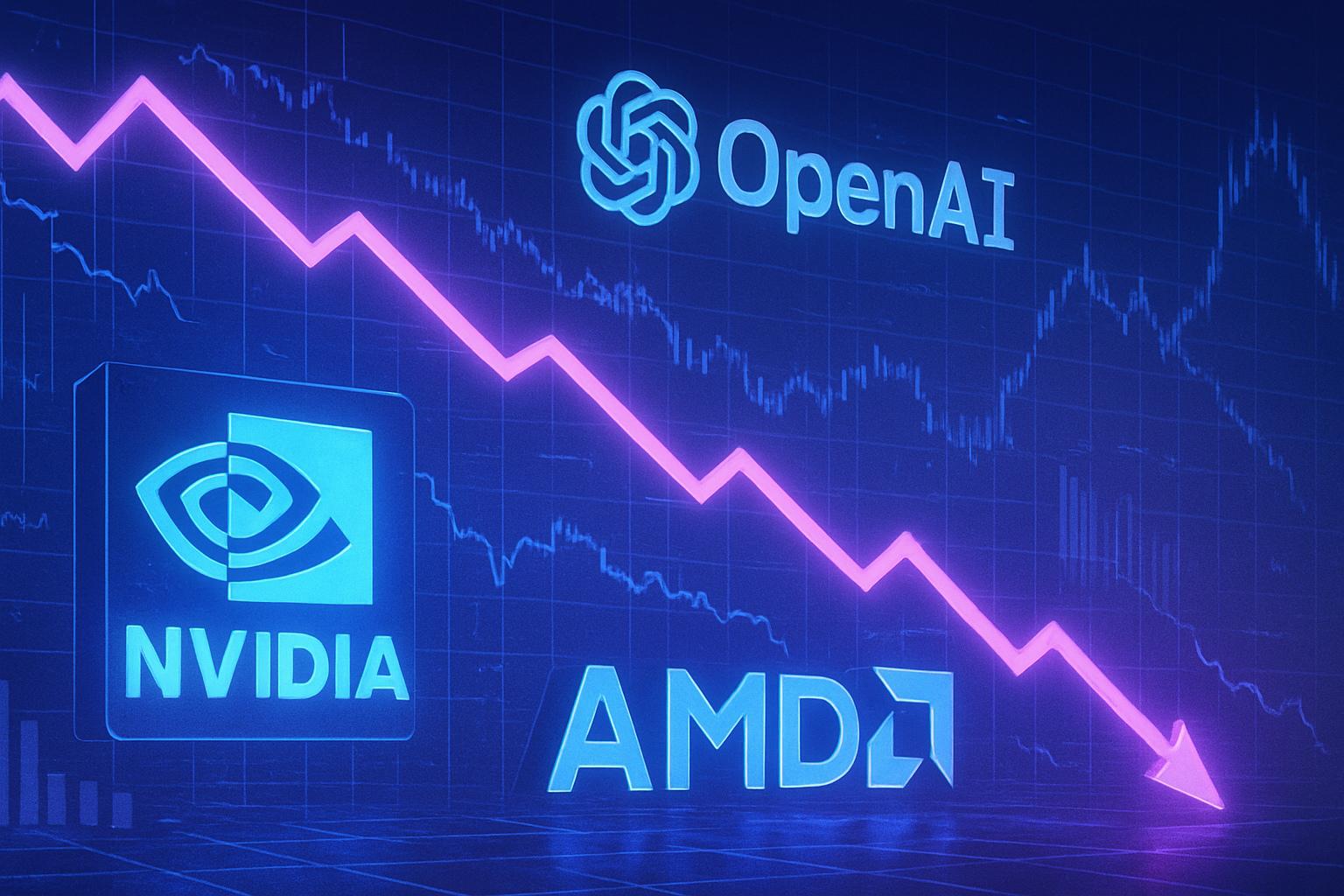The growing urgency to ensure robust compliance standards regarding AML and CFT calls upon financial actors. Explainable AI represents an innovative solution that combines technological power and essential transparency. Its ability to provide insightful analysis enhances the reliability of automated decisions while meeting current regulatory requirements. This technology transforms compliance challenges into strategic opportunities, establishing a trustful environment within the financial sector. Authorities are increasing demands, and the adoption of explainable artificial intelligence becomes a responsibility and performance imperative.
A pressing need for transparency
Traditional systems for anti-money laundering (AML) often come with an influx of unmanageable alerts for compliance teams. These alerts, with false positive rates sometimes exceeding 95%, result in a considerable waste of time in analyzing trivial cases. This situation hinders the evaluation of genuinely critical matters.
Explainable artificial intelligence transforms this dynamic. It does not simply detect an anomaly; it also provides a detailed explanation of the reasons behind this detection. This aspect of transparency recontextualizes the alert as a decision-making aid tool. Thus, analysts can prioritize risks and conduct more targeted investigations.
A regulatory requirement
With the adoption of the GDPR, a fundamental right to an explanation of automated decisions has emerged. In the financial sector, this requirement necessitates that institutions demonstrate not only the presence of detection tools but also the interpretability and verifiability of the results obtained.
In case of an audit, the ability to trace the criteria that led to an alert is an invaluable asset. Providing a clear view of the reasons for an alert reassures regulators and encourages a proactive rather than defensive posture.
The hybridization of approaches: rules and machine learning
The strength of explainable AI lies in its ability to combine the rigidity of established rules with the flexibility of learning models. Rules, by ensuring immediate compliance, provide a reassuring structure. At the same time, AI enriches adaptability to ever-evolving fraud patterns.
This hybridization proves particularly valuable in the realm of financial crime, where fraudsters continually innovate. Compliance teams then benefit from a solid foundation and the agility necessary to anticipate new risks.
Tangible operational gains
Explainable AI is not limited to the application of regulatory standards; it also revolutionizes the daily operations of compliance teams. By significantly reducing false positives, it frees up valuable time for high-value investigations. The clarity of results allows analysts to refine their strategies while enhancing their skills.
This virtuous dynamic transforms the perception of compliance, shifting from a cost center to a true performance lever.
The pioneering role of French actors
In France, companies like AP Solutions IO are emerging as leaders in this technological revolution. Their vision focuses on creating compliance tools that combine power and explainability, while ensuring complete traceability of data and algorithms.
By offering locally hosted solutions aligned with European standards, AP Solutions IO enables financial institutions to meet their obligations while strengthening their digital sovereignty. The promised outcome translates into more robust compliance while maintaining total transparency towards regulators.
Transforming constraint into opportunity
Compliance, long viewed as a constraint, is undergoing transformation. Thanks to explainable AI, it becomes a vector of trust for both authorities and clients. Having mastered tools, understanding their results, and being able to clarify each automated decision constitutes a stance of responsibility and transparency.
This ability to guarantee trust has strategic value. In a sector where reputation is volatile and even the slightest scandal can have disastrous repercussions, investing in the explainability of AI equates to betting on the company’s sustainability.
A new era: trustworthy AI
A paradigm shift is emerging, implying that regulators will no longer be satisfied with observing tools operating in the background. They will demand concrete evidence and clear justifications. Explainable AI represents the most relevant answer to this new requirement.
It optimizes detection, reduces the number of false positives, enhances internal skills, and ensures regulatory compliance. Above all, it establishes a lasting climate of trust among financial institutions, their customers, and supervisory authorities.
Frequently asked questions about explainable AI and AML-CFT compliance
What is explainable AI and why is it important in AML-CFT compliance?
Explainable AI refers to artificial intelligence systems that provide clear and understandable explanations of the decisions they make. In the context of AML-CFT compliance, it enables companies to demonstrate the traceability and transparency of their analyses, which is crucial for meeting regulatory requirements.
How does explainable AI contribute to reducing the number of false positives in compliance alerts?
Through transparency mechanisms, explainable AI not only identifies anomalies but also provides understandable reasons for each alert, allowing compliance teams to effectively prioritize their investigations.
How does explainable AI meet the GDPR requirements regarding automated decisions?
The GDPR requires that automated decisions be explained clearly. Explainable AI enables institutions to demonstrate not only that they use detection tools but also that these tools are interpretable and allow tracing the logic behind each decision.
What are the operational benefits of using explainable AI for compliance teams?
By reducing the false positive rate, explainable artificial intelligence frees up time to focus on more substantial and strategic investigations. It also helps analysts better understand trends and enhance their skills.
Why is it crucial for French companies to adopt explainable AI solutions for compliance?
French companies must meet strict compliance standards, and adopting explainable AI helps them satisfy these requirements while enhancing their digital sovereignty through solutions aligned with European standards.
How does explainable AI transform the perception of compliance within an organization?
Historically viewed as a constraint, compliance becomes a vector of trust through explainable AI. It enables companies to demonstrate that they master their tools, thus improving their reputation with regulators and clients.
What challenges may arise during the integration of explainable AI into an AML-CFT compliance strategy?
Challenges include the need for a cultural shift within teams, integration of new technological systems, and ongoing employee training to ensure effective use of explainable AI.
How does explainable AI enhance trust among financial institutions, their clients, and regulators?
By providing clear explanations for decisions made, explainable AI establishes a climate of trust. This demonstrates to clients and regulators that the institution is taking proactive measures to ensure compliance and reduce financial risks.






